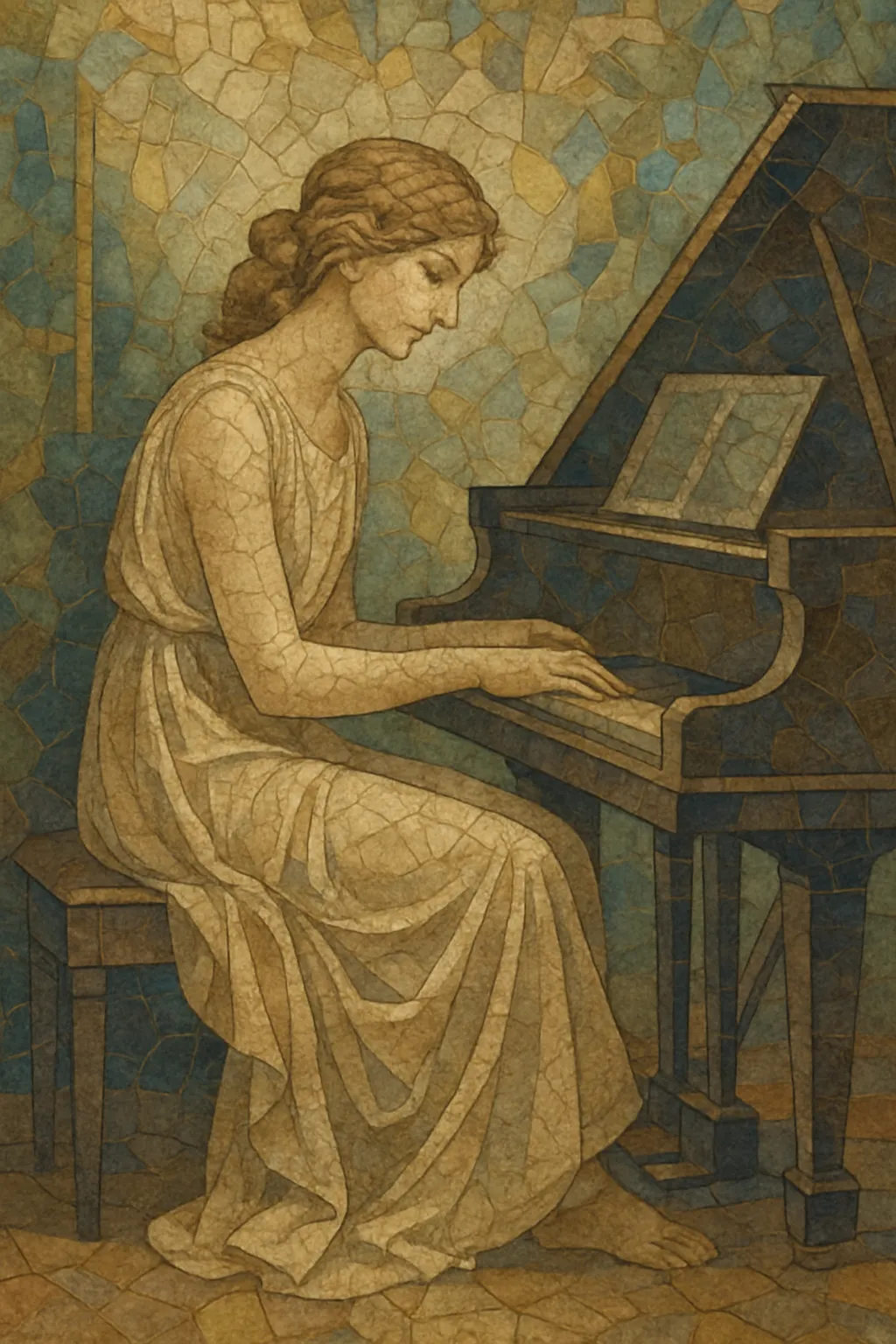
Neoclassical new age is a crossover style that blends contemporary classical writing with the mellow, restorative aesthetics of new age music. It is typically piano-led, harmonically consonant, and minimalist in texture, often supported by soft strings, subtle electronics, and generous ambience.
The genre favors lyrical melodies, repeating ostinati, slow builds, and a cinematic sense of space. It trades on intimacy and clarity—close-miked “felt” pianos, warm reverbs, and quiet dynamics—creating music that is contemplative, emotionally direct, and accessible to listeners beyond the traditional classical audience.
Neoclassical new age emerged in the 1980s as labels such as Windham Hill, Narada, and Private Music popularized an accessible, tonal, and meditative approach to instrumental music. Rooted in the calm, holistic sensibility of new age and the repetition and clarity of minimalist classical, solo piano and small-ensemble recordings found an audience seeking reflection and stress relief.
In the 1990s, the sound broadened beyond the United States, with piano-centric composers and small ensembles in Europe and Asia adopting minimalist techniques and cinematic harmony. Film and television placements helped define the genre’s emotive and narrative function, while recording technology (close miking, cleaner reverbs) refined its signature intimate sound.
The rise of digital distribution and streaming playlists (e.g., “peaceful piano,” “focus” and “meditation” lists) dramatically expanded the genre’s reach. A new generation of artists combined neo-Romantic lyricism with post-minimalist forms, incorporating soft synthesizers and string quartets to craft slow-building, cinematic pieces. International figures from Italy, Germany, Iceland, the UK, and South Korea became key reference points.
Today, neoclassical new age sits at the intersection of contemporary classical, ambient, and cinematic music. It influences post-classical composition, wellness and mindfulness media, and even lo-fi production aesthetics. The style remains defined by intimacy, simplicity, and emotional clarity, serving both active listening and functional contexts (study, relaxation, yoga, film scoring).

